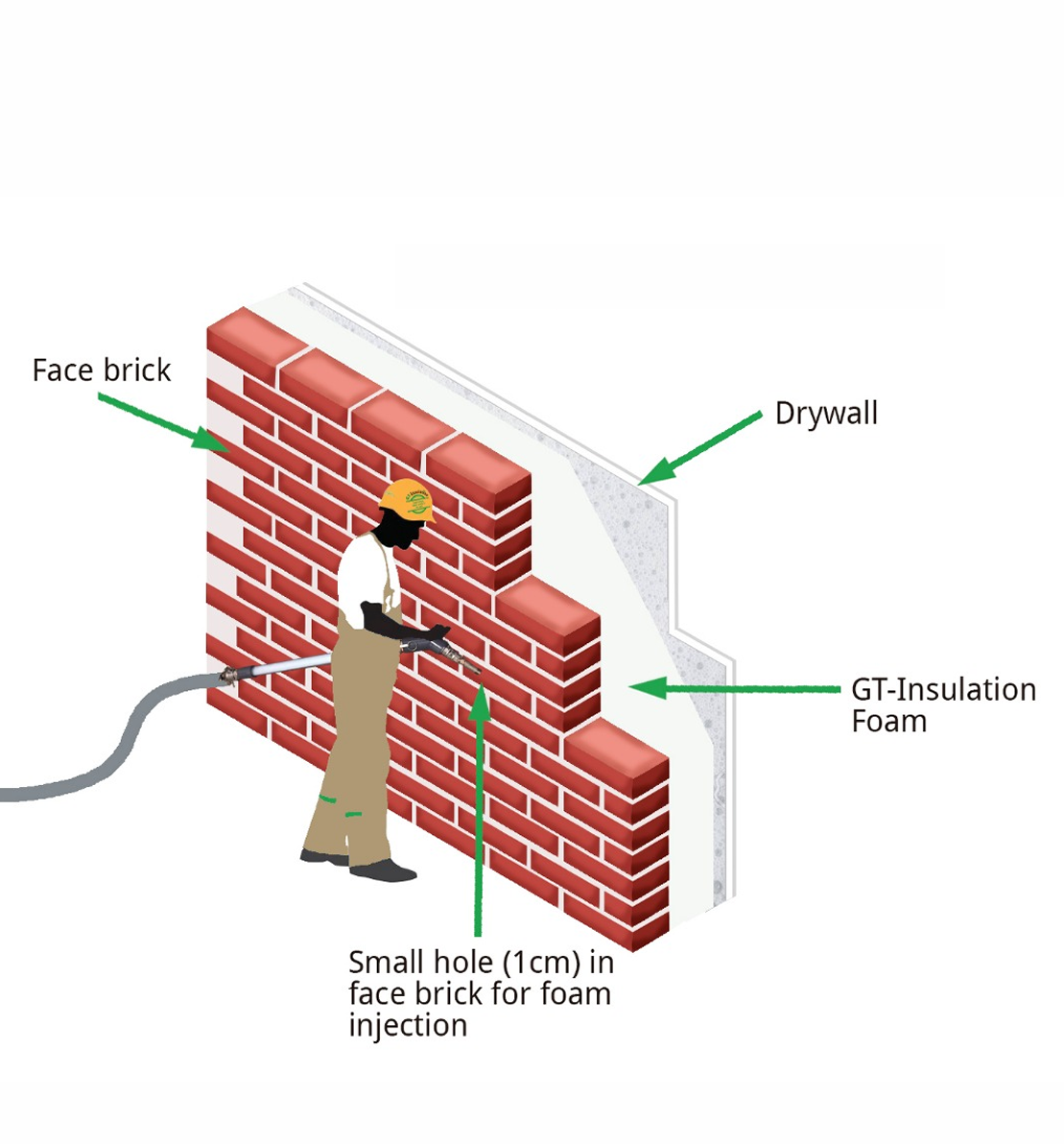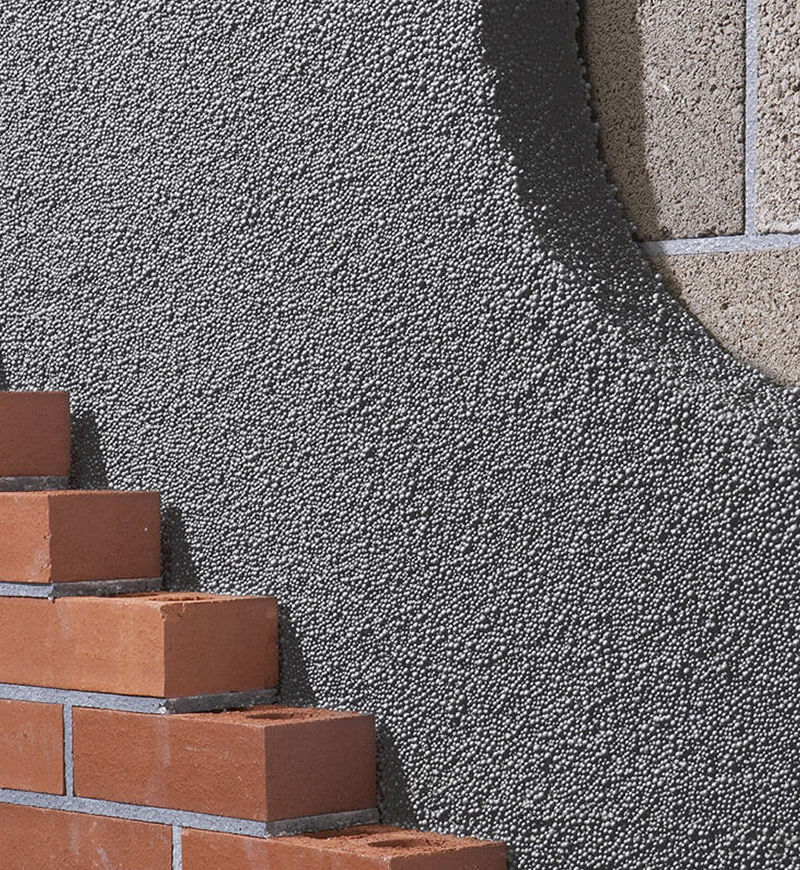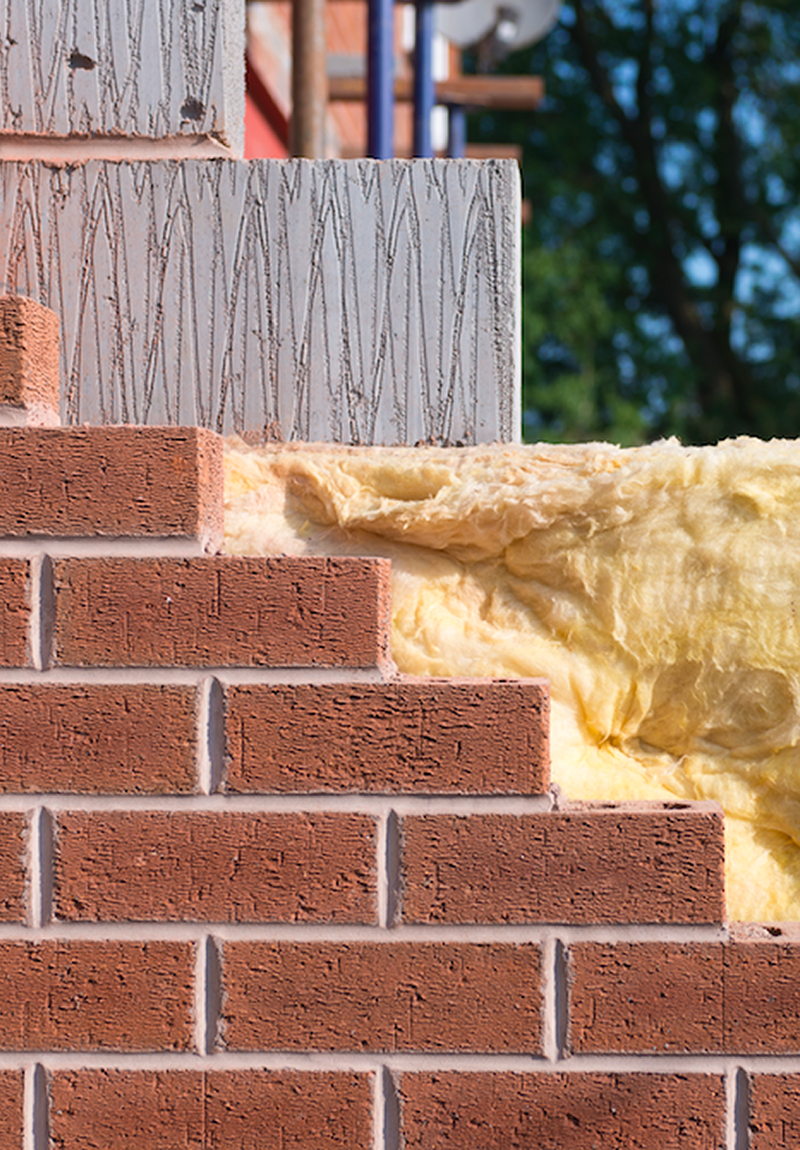Cavity Wall Insulation

CAVITY WALL INSULATION
With the cost of heating your home continuing to increase, Cavity Wall Insulation is one of the most effective methods to minimise energy waste and save you money.
It’s estimated that up to 35% of heat in a property is lost through the walls which could be costing you £100’s each year.
Energy Efficiency Group are able to access funding to partially/completely cover the cost of Cavity Wall Insulation. Apply now to find out if you’re eligible.
WHAT IS CAVITY WALL INSULATION?
A cavity wall is made of two separate thin walls with a gap (or cavity) between them. They’re usually held together by metal wall ties. Cavity Wall Insulation is installed by filling air pockets between the walls in your home with insulation material designed to inhibit heat transfer.
Once inserted, the air between the walls can no longer move freely which reduces convection. To put it simply, heat can no longer escape your home and it takes less time to heat your spaces. As home improvement measures go, it’s non-invasive and causes very little disruption to the household.
All work is done from the outside of your external walls. An insulating material is injected into the wall through small holes drilled in the mortar joint of the wall. It can normally be done in two hours.
HOW IS IT FITTED?
Getting your cavity walls filled is perhaps the most straight forward and sensible way to reduce noise through external walls, while also providing excellent insulation benefits











